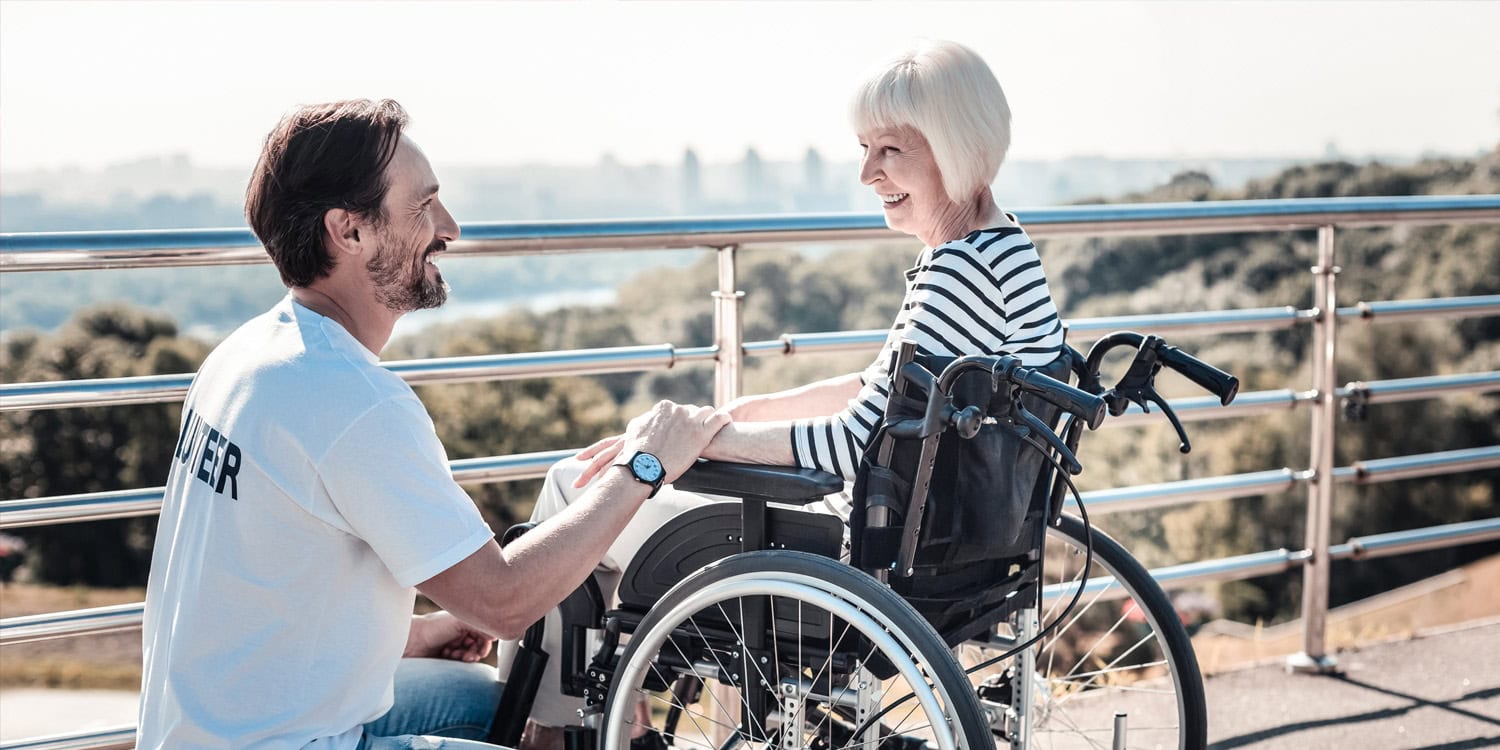A recent study published in the British Journal of Social Psychology suggests that people seen as kind and helpful are also perceived as more physically attractive. This effect, seen across various scenarios and types of relationships, highlights how kind actions may shape perceptions of physical beauty.
Physical appearance is often the first aspect noticed when meeting someone new, and studies have long shown that personality traits can influence attractiveness judgments. While positive characteristics such as friendliness or humor can make people seem more attractive, specific traits may carry more weight than others.
In their new research, Natalia Kononov and Danit Ein-Gar focused on prosocial behavior—acts of kindness, cooperation, and helpfulness—and sought to understand whether this quality has a unique effect on perceptions of physical beauty. Their hypothesis was that people might feel motivated to associate with prosocial individuals, viewing them as more attractive because of an unconscious desire to form connections with people who display kindness.
“Often, we use beauty metaphorically to describe admirable inner qualities, saying someone is ‘beautiful on the inside.’ I was curious to see if this perception has a basis in reality—whether kindness and generosity, qualities associated with inner beauty, actually influence how we perceive someone’s physical attractiveness. Our findings suggest this association isn’t just metaphorical; beautiful acts do, indeed, lead us to see people as more beautiful,” said study author Natalia Kononov, a Fulbright Postdoctoral Fellow at the Wharton School at the University of Pennsylvania.
The research involved ten studies with over 4,000 participants. The team designed a variety of scenarios to assess whether prosocial behavior influenced how physically attractive people appeared to others. Participants in different studies either observed real-life prosocial acts, read descriptions of kind actions, or imagined scenarios involving helpful behavior.
To ensure the findings were comprehensive, the researchers accounted for several factors: they compared perceptions of attractiveness when participants saw people acting kindly versus in a neutral context; they explored how consistent prosocial behavior might affect attractiveness differently than one-time acts; and they examined whether the influence of kindness on perceived beauty was stronger than that of other positive traits like humor or intelligence.
Participants were shown images of people alongside descriptions of either prosocial or neutral behaviors, and then rated their physical attractiveness on a standardized scale. In some studies, participants only read about the target without seeing any images, allowing researchers to determine whether the effects of prosocial behavior extended beyond visual impressions.
The researchers discovered a consistent link between prosocial actions and higher ratings of physical attractiveness. People who were described as engaging in kind or helpful behaviors were rated as more beautiful than those who were not described this way. This finding held true for both male and female observers evaluating targets of either gender, suggesting a broad appeal of prosociality in enhancing physical attractiveness.
“An interesting aspect of our findings is that the effect of prosociality on attractiveness was consistent across genders,” Kononov told PsyPost. “Kindness and generosity made both men and women appear more attractive, regardless of who was being evaluated or who was doing the evaluating. This gender-universal appeal highlights just how broadly kindness can shape perceptions of beauty.”
The effect appeared strongest when kindness was part of the person’s usual behavior, rather than a one-off act, indicating that people tend to find sustained kindness more attractive than sporadic good deeds. Interestingly, prosociality’s influence on attractiveness ratings was stronger than that of other positive traits, like humor or intelligence. This suggests that kindness and helpfulness play a unique role in shaping physical perceptions beyond a general “halo effect,” where positive traits broadly enhance other evaluations.
“We thought prosociality would play a significant role, but we didn’t expect it to surpass traits like intelligence and humor,” Kononov said. “It’s interesting because, while people often view humor and intelligence as highly appealing traits, kindness may actually have a stronger impact on how attractive someone appears. This finding suggests that kindness might be more central to our perception of beauty than we usually assume.”
Moreover, the study found that the motivation to form relationships also influenced this effect. In contexts where a relationship was possible, people viewed prosocial individuals as more attractive; however, when forming a relationship was not feasible, the effect of kindness on perceived beauty diminished. This highlights that the tendency to find kind people more attractive is partly based on a desire for connection, rather than simply admiring prosocial behavior from a distance.
Lastly, prosocial behavior even softened participants’ judgments of physical imperfections. When a person was described as prosocial, participants were less likely to focus on minor flaws, such as scars or other physical irregularities, compared to non-prosocial individuals. This suggests that kindness can enhance attractiveness not only by boosting positive impressions but also by reducing attention to imperfections.
“The main takeaway is that physical beauty is shaped by more than just physical traits like symmetry and other external features, which people often invest a lot of effort into,” Kononov told PsyPost. “Acts of kindness and generosity can also enhance how attractive someone appears to others—and this effect extends beyond romantic relationships. Positive behavior adds a unique layer of attractiveness that transcends outward appearance.”
Despite the study’s thorough approach, some limitations exist. The sample was primarily from United States-based participants, which may limit how the findings apply to other cultural contexts. Since kindness and helpfulness can take different forms across cultures, it’s worth investigating whether the link between prosocial behavior and beauty perception varies in different parts of the world.
Another limitation is that the study focused largely on participants’ initial perceptions rather than on how these impressions may evolve over time. Future research might explore whether the positive impact of prosociality on attractiveness endures over long-term relationships, or if other traits, like reliability or loyalty, might eventually play a more significant role in attractiveness judgments.
“One limitation to consider is that our study focuses on perceptions, though it’s interesting to consider the potential effects these perceptions may have on behavior,” Kononov said. “Additionally, our findings capture a general trend that could vary across different social and cultural contexts, so further research would be valuable to understand how these dynamics might shift in diverse settings.”
The study, “Prosocial behaviour enhances evaluation of physical beauty,” was published on September 16, 2024.




